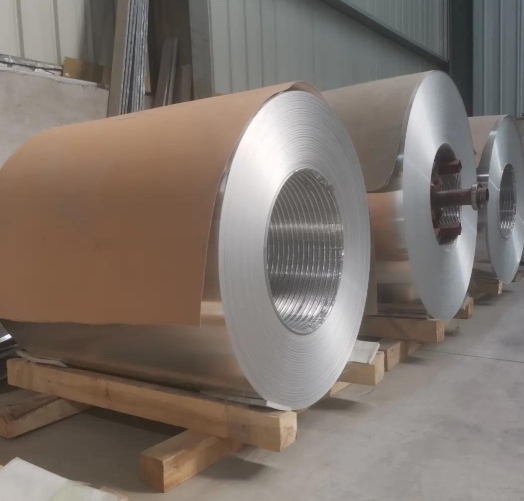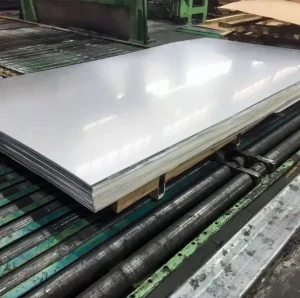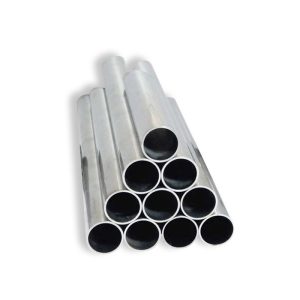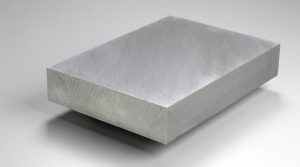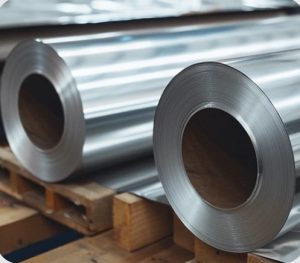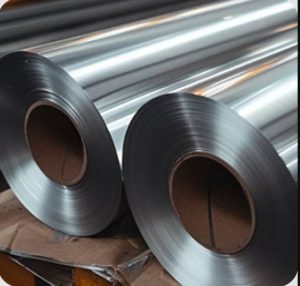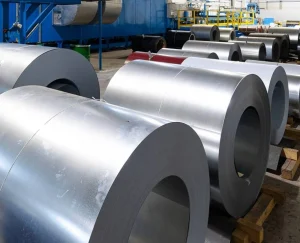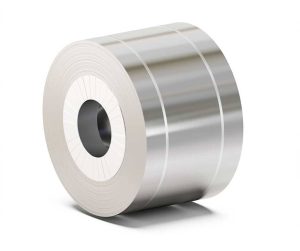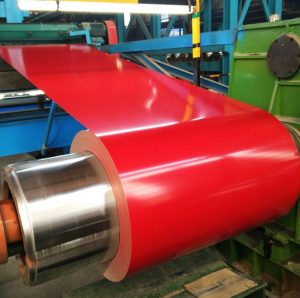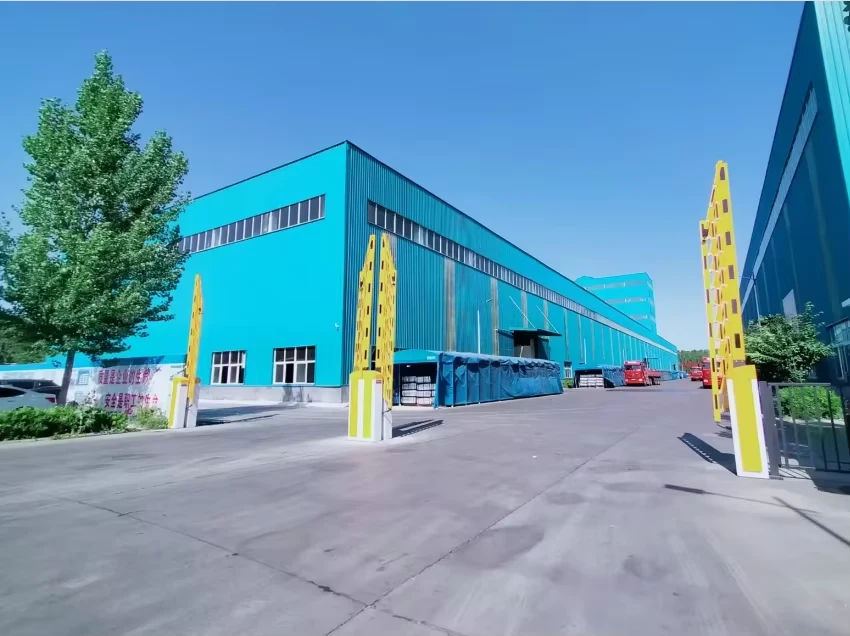Introduction
-
Brief introduction to the 5A05 Aluminum Coil and its relevance in industrial applications.
-
Highlight the importance of the China GB/T 3191 standard.
-
Overview of what the article will cover: material properties, applications, and key standards.
What is 5A05 Aluminum Coil?
-
Definition and composition: Explain the aluminum alloy series and the unique features of the 5A05 alloy.
-
Alloying elements: Discuss the primary alloying elements such as magnesium and their contribution to properties like corrosion resistance and strength.
-
Properties: Strength, ductility, corrosion resistance, and fatigue resistance.
GB/T 3191 Standard Overview
-
Standard Explanation: Discuss the significance of GB/T 3191 in the context of aluminum alloys.
-
Classification: Explain how 5A05 fits into the GB/T 3191 standard and its relevance to aluminum coil production.
-
Global Comparison: Compare the GB/T 3191 standard to international standards (e.g., ASTM, EN) for aluminum materials.
Key Benefits of 5A05 Aluminum Coil
-
Corrosion Resistance: Highlight how 5A05 excels in marine environments and other harsh conditions due to its superior resistance to corrosion.
-
Strength-to-Weight Ratio: Explain how the alloy provides a good balance between strength and weight, making it ideal for aerospace and automotive applications.
-
Workability: Discuss its excellent weldability and formability in manufacturing processes.
Applications of 5A05 Aluminum Coil
-
Marine Industry: Use cases in shipbuilding, offshore platforms, and marine components.
-
Automotive Sector: Applications in the automotive industry for lightweight components that require high strength.
-
Aerospace: Focus on aerospace applications where weight and durability are critical.
Comparing 5A05 Aluminum Coil to Other Alloys
-
Comparison with 5A02 and 5A06: Use a table to compare 5A05 with other alloys from the same series. Focus on differences in strength, corrosion resistance, and application suitability.
| Property | 5A05 | 5A02 | 5A06 |
|---|---|---|---|
| Yield Strength | X MPa | Y MPa | Z MPa |
| Corrosion Resistance | Excellent | Good | Very Good |
| Workability | High | Medium | High |
-
Practical Case Study: Include a case study where 5A05 is preferred over other alloys for specific industrial applications (e.g., marine).
Common Misconceptions About 5A05 Aluminum Coil
-
⚠️ Misconception #1: “5A05 Aluminum Coil is not as strong as steel.”
-
Solution: Explain the trade-offs between steel and aluminum in terms of weight, corrosion, and application-specific strength.
-
-
⚠️ Misconception #2: “5A05 is only used in marine environments.”
-
Solution: Clarify its versatility in other industries like automotive and aerospace.
-
How to Choose the Right 5A05 Aluminum Coil Supplier
-
Factors to Consider: Discuss key factors when selecting a supplier: quality assurance, certifications, delivery timelines, and pricing.
-
Steps to Select a Supplier:
-
Verify ISO and GB/T 3191 compliance.
-
Review supplier’s reputation and industry experience.
-
Request material certifications.
-
Compare cost-effectiveness while ensuring quality.
-
Ensure reliable customer service and post-sale support.
-
Practical Checklist for 5A05 Aluminum Coil Buyers
-
Material Specifications: Confirm that the coil meets all required strength, corrosion, and dimensional specifications.
-
Certifications: Ensure compliance with GB/T 3191 and other relevant standards.
-
Supplier Reliability: Double-check supplier history, feedback, and certifications.
-
Price vs. Value: Balance cost with the technical benefits provided by the 5A05 alloy.
Conclusion
-
Summarize the importance of the 5A05 aluminum coil in various industries.
-
Emphasize the benefits of choosing high-quality 5A05 material.
-
Reiterate the importance of complying with GB/T 3191 for long-term reliability and performance.


